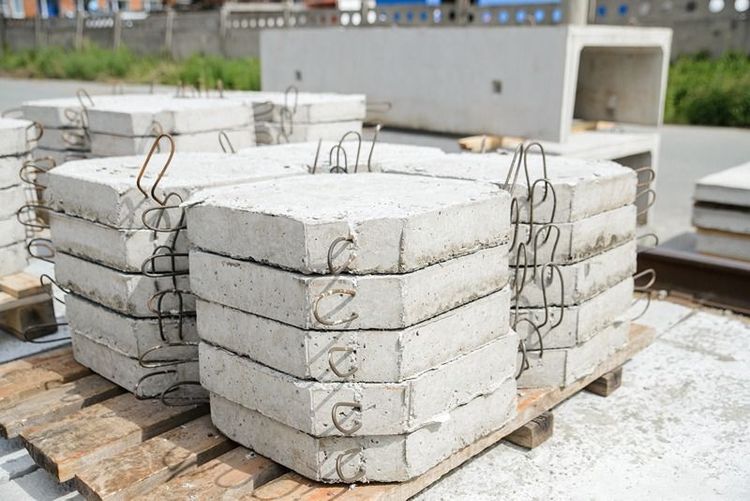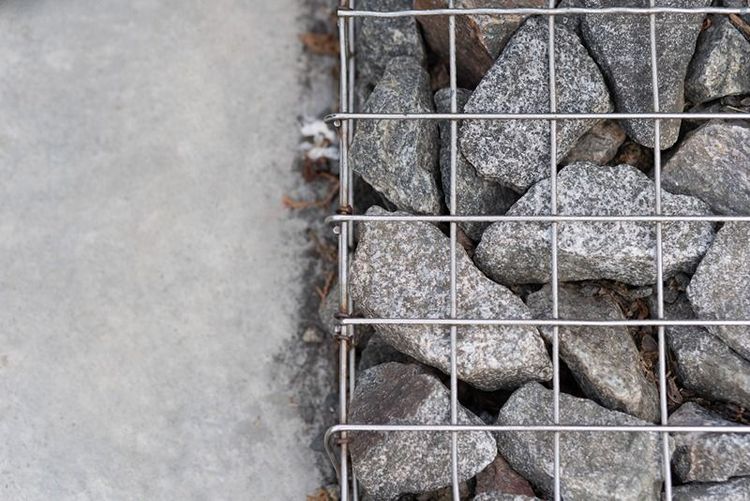Pre-stressed concrete is a technique used in the construction industry to enhance the load-bearing capacity of concrete structures. It involves using materials put under tension before being subjected to external loads. This ingenious method of reinforcing concrete has transformed how buildings and bridges are constructed. Wire rods are quite common among the various materials used in pre-stressing concrete, but other options exist. This article will compare wire rods to different materials used in pre-stressed concrete, examining their properties, applications, and performance.
What is pre-stressed concrete?
Pre-stressed concrete is a form of reinforced concrete where high-strength tendons (typically made of steel) are tensioned before the concrete is cast. When the concrete hardens, the tension is released, compressing the concrete and making the entire structure more resistant to tensile stresses. This process increases the load-carrying capacity and durability of the concrete, allowing for longer spans and more slender structures.
The role of pre-stressing materials
The choice of pre-stressing material plays a vital role in the design and functionality of a pre-stressed concrete structure. It must have high tensile strength, good bond characteristics, and durability to withstand the forces exerted during tensioning and throughout the structure's life.






 +91 7208055523
+91 7208055523
 Help & support
Help & support
